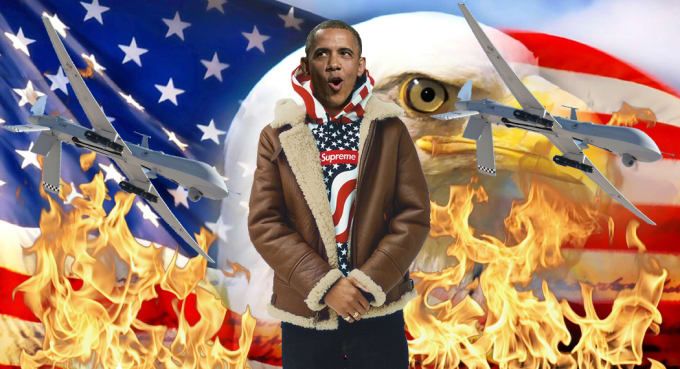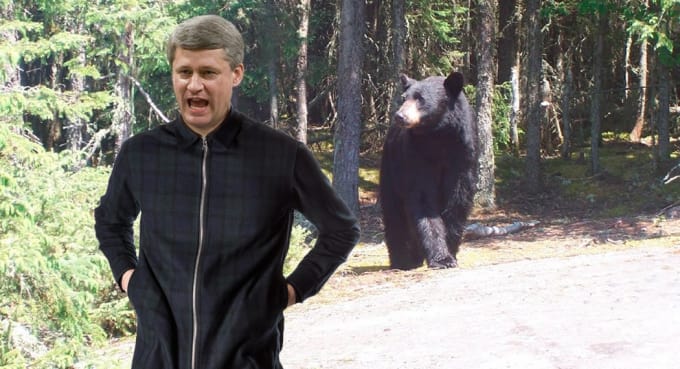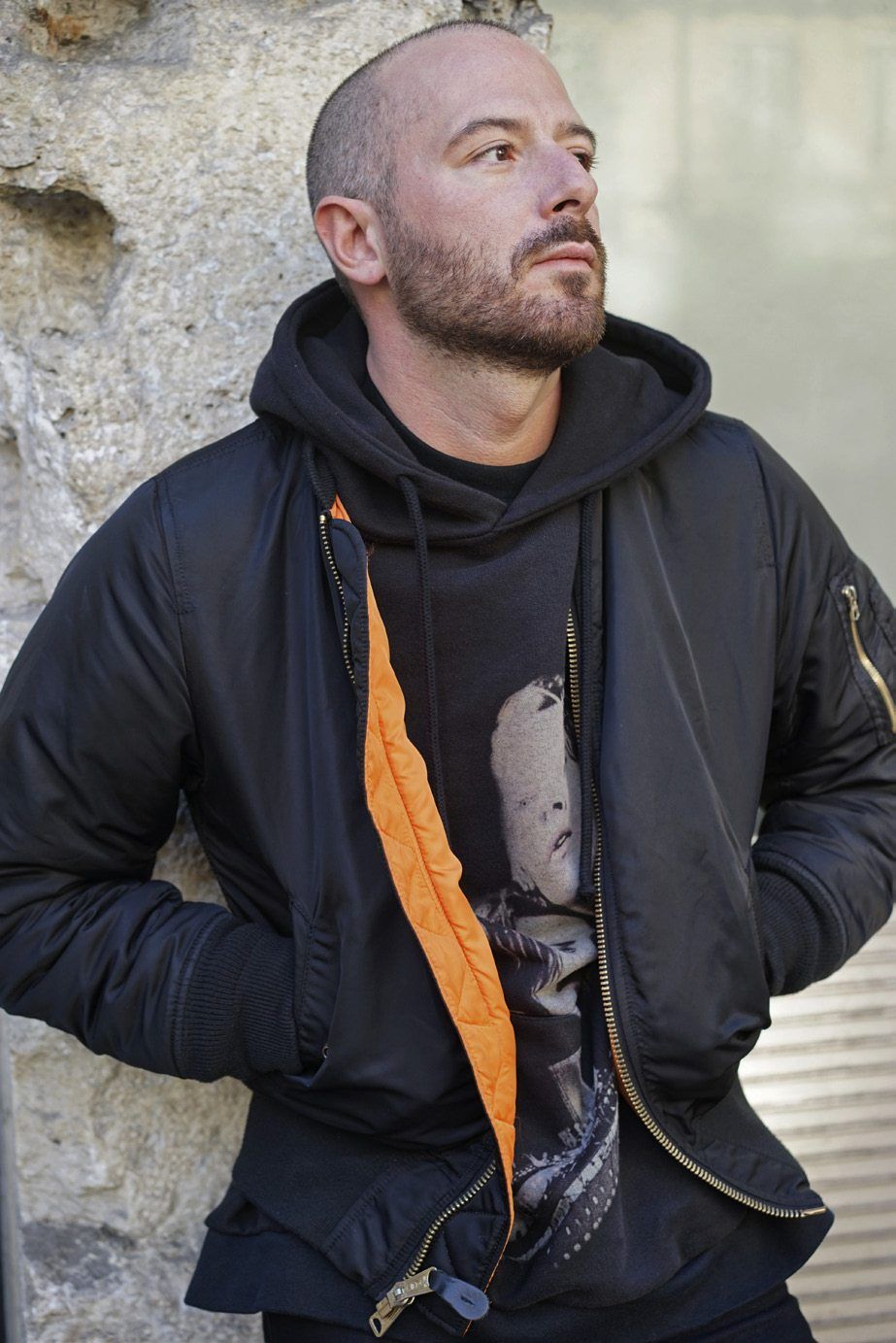Does Jack Dorsey Cop Jawnz? The Afterlife of FOUR PINS
|Daniel Beatty Garcia

When the streetwear blog Four Pins closed in 2016, it left a hole in menswear journalism. Irreverent and ironic where most menswear writing had been earnest and urbane, Four Pins attracted a cult readership of streetwear-nerds with an appetite for absurdist writing on obscure Japanese brands.
The site’s embargo on seriousness applied to product too. Alongside pieces on Visvim and Kapital, Four Pins published satirical manifestoes defending crocs and square-toes. Fast-forward a season or two: Demna Gvasalia is making the former at Balenciaga, and Alessandro Michele the latter for Gucci. The Four Pins Twitter account – kept alive by the former editor of the blog, Lawrence Schlossman – has snowballed to some 600,000 followers. The title’s signature brand of snark and subversion has made its way into the menswear mainstream.
On the Twitter account, Schlossman mostly posts cryptic menswear memes and pictures of celebrities – or he did until December, when the account was suspended for posting pictures without permission. A few weeks later, as if by magic, it was back – thanks to a personal intervention from Twitter CEO and co-founder Jack Dorsey. Jack – as he likes to be known – didn’t respond to my DM. Lawrence did; we FaceTimed earlier this week.

Four Pins’ ironic, self-aware approach to menswear seems to have spread – and not just into menswear writing, but into design itself. Was Four Pins just prescient, or do you think you helped steer that kind of voice into the mainstream?
We were an early adopter for sure, but I would never take credit for causation. There were so many ingredients that came together, with the rise of meme culture and the rise of menswear and streetwear in general. I think that on a very foundational level the DNA of these things is very intertwined – we were just early in bringing that to the surface.
Designs like Balenciaga’s crocs or Yeezy’s slides do seem designed with memes in mind. But aren’t designers just responding to the fact that online shares underlie sales, and aiming for whatever’s going to be posted and commented on? Or do you think there’s an aesthetic vision too?
I think it’s a little bit of everything. At a very foundational level, fashion can be inherently frivolous, even ridiculous. Not to downplay the creativeness and artistic nature that’s inherent to fashion – but I think there’s this whole other side of it that the industry, because it is such a self-serious thing, never brought to the surface. Someone like Demna [Gvasalia] has found this untapped element and, in the Spinal Tap sense, turned it up to eleven. Not only to get in front of a lot of people – who doesn’t want to share and talk about something hilarious – but also to make it easier to justify, more consumable. There are all these psychological elements in play too.
We’ve seen this in streetwear for a long time. Think of every Supreme accessory that has ever been released. Isn’t each one a weird tangible meme in and of itself? No kid who shops at Supreme needs a Supreme fucking switchblade. It’s this weird, tangible artifact that has this winking, useless nature to it, and people are partly buying it because it’s kind of a joke.

So for the consumer as well as designer, there’s a more reflexive understanding going on.
Some people view being meta, and reflecting on things in that way, as a cheap thrill. But it’s been employed to great success. Look at Damien Hirst in the art world, or someone like Mark Twain, who used satire and irony to ultimately get a greater point across. I think fashion was starved for a designer to bring that to the table. And this is a guy – Demna specifically – who worked at Margiela, who understands conceptual fashion at its absolute peak, working for a modern day master.
I don’t think there was ever a ton of humor in Margiela’s designs – even the trench coat that was supposed to be worn over your head like fucking Cornholio from Beavis and Butthead. Humor, even if it’s there, isn’t the whole narrative. Whereas now, humor becomes the story; the meta-reflection becomes the selling point.
I think if Four Pins was around today, now that meme culture specifically within fashion has become this widespread thing, it would be doing gangbusters. Look at all the other fashion meme Twitter and Instagram accounts. I think that’s one thing we can take some credit for – we emboldened those people to find their own voice and also know that there was an audience out there that wanted that stuff.
Even in the blog days, it was the memes – like the Supreme Leaders – that really went viral. That’s really what you’ve shifted emphasis to with the Twitter.
Once the account no longer had to promote links and get people to leave Twitter and read an article – once it was free from the earthly shackles of distribution any media account has – it could just fully shitpost, and only post memes that meant to exist in a vacuum on the timeline. And that’s how the virality of this thing increased exponentially.
Until it got shut down – then revived by Jack.
I wish I had more information on that. A lot of people want me to say: “Hey, Jack loves fashion, Jack loves Four Pins, that’s why he brought it back because he’s some kind of jawns-enthusiast tech-bro.” From what I understand, a friend of his who saw value in this thing, Kiya from Self Edge, pestered him to bring it back. I don’t know exactly what he said to Jack, whether or not Jack was like “hey this guy isn’t going to shut up so I’ll just get this done to get him off my back,” or if ultimately Jack did believe in the cultural significance of this Twitter account. But I will say one thing that does add an interesting wrinkle to this – Jack has been a follower of Four Pins for a long time.

Credits
- Interview: Daniel Beatty Garcia
- Images: Moksha August / Four Pins

